The artist’s estate
Written by
The artist’s estate presents a particular challenge: how to deal with an artistic legacy within the context of an artist’s overall estate planning? In the ordinary way an artist will wish to provide for their family after they die, but most will also be very focused on their artistic legacy. This gives rise to a number of challenges and questions which need to be addressed.
The Artistic Estate
Depending on the artist, the estate might include sketches, casts, maquettes, notebooks, catalogues, a workshop, the finished works themselves and associated intangible assets such as copyright and artist’s resale rights (together in this article called “the Artistic Estate”). The starting point is to understand what will make up the Artistic Estate, including identifying which works the artist owns, where copyright and entitlement to the Artist’s Resale Rights sit and which other assets the artist might wish to be treated as part of their artistic legacy.
Once the Artistic Estate has been identified, thought can be given as to how the constituent parts will be dealt with on the artist’s death. It might be that the artist is happy for the Artistic Estate to be exploited purely for the benefit of their family, descendants and other beneficiaries, but there can be a tension between providing for those individuals and the cost of curating the work of the artist in accordance with his or her wishes.
Questions to consider when formulating a plan include: should one individual take on responsibility for and benefit from the Artistic Estate (or part of it), or should it be held and administered by trustees for a class of beneficiaries for the long term? Does the artist wish for the Personal Representatives to add to the Artistic Estate by repurchasing works so that they can be managed together? Should a catalogue raisonné be prepared and if so, who will undertake that? Copyright and Artist’s Resale Rights may become valuable, so who should control and benefit from those rights over the 70 years of their existence? Is any of the Artistic Estate earmarked for charity?
Who and how
If the artist’s Executors are to be tasked with managing the Artistic Estate, then selecting the appropriate people for the role is key. The default position is that Executors must make decisions unanimously, so they should be individuals who will work well together, even if each may have a slightly different focus on the estate; one might be a family member (or appointed for their knowledge of the artist’s family, their financial needs and the artist’s wishes in this respect) and another ideally somebody who knew or worked with the artist professionally, understands the artist’s wishes for the Artistic Estate and has the expertise to implement them.
Once the artist has an idea of how they wish for the whole of their estate to be dealt with, then a Will can be prepared to provide the legal framework to reflect the plan, coupled with the management of the Artistic Estate and provision for the artist’s family or other beneficiaries. This might be achieved by the creation of separate trusts, or a combination of specific legacies and trusts. In most cases, financial constraints are likely to mean that the two are dealt with together in some form of compromise. If there is no Will, then the artist’s estate will pass under the rules of intestacy and be administered (usually) by surviving family members who benefit under the estate.
The Will governs the legal devolution of the artist’s estate, but then in a letter of wishes the artist can explain the thinking behind this, including (if relevant) how provision for family and other beneficiaries will be balanced against promotion of the artistic legacy. Detailed guidance as to the management of the Artistic Estate can be set out in a letter to the relevant person, be it the Executors (who in due course may become the trustees of any trust created to under Will) or the individual beneficiary who is to inherit the Artistic Estate. The letter might address the questions listed above and also cover practical matters such as recommendations for storage, insurance and conservation during the administration of the estate and suggested arrangements for selling works. Ideally that artist will have discussed these ideas with the relevant person or people during their lifetime. The letter is a useful reminder or enforcer of their wishes, rather than wholly new information.
Managing inheritance tax
Inheritance Tax (IHT) will be payable in this way at 40% on the value of the estate (including the artist’s estate, subject to available exemptions and reliefs). So if everything passes to a spouse, then the spouse exemption will apply and there will be no IHT first death and, depending on assets and timings, it might be that the best plan is to implement tax planning in his or her lifetime with the benefit of knowledge of the artist’s wishes. Otherwise thought will need to be given as to how to meet the IHT liability on the artist estate whilst preserving the Artistic Estate intact insofar as possible. There may be a sharp rise in value between the artist’s death and the valuation of the estate, so the Executors will need to decide which assets will fund the tax (and which assets will be informed by the artist’s overall wishes). Options for managing the liability include:
Business property relief
Depending on how the artist’s business is structured, it might attract Business Property Relief (BPR). For many years BPR has given 100% relief from IHT on the value of an individual’s ‘trading’ business (i.e. a business that is not one of mainly making or holding investments). The government announced in the October 2024 budget that BPR will now be restricted (with effect from 6 April 2026) and relief will be available at 100% on £1,000,000 of business property and at 50% on the next £750,000. This change significantly impacts the value of BPR for artists and their estates, among other options for meeting the IHT liability in the Artistic Estate now need to be considered too.
The same BPR rules apply to an artist’s business on their death as on lifetime gifts. A key issue during the artist’s lifetime is how to structure the business in order to secure relief (and the position kept under review). It is possible that the artist will continue working to some degree throughout their lives, which is helpful in ensuring that the business is still trading at death. One important aspect is to ensure that artworks created by the artist are not treated as excepted assets for BPR purposes (which means that any value attributable to them is not eligible for relief). To avoid this, the artworks must be treated as and qualify as trading stock used for the purposes of the business and be prepared for future use or for those purposes at the date of death.
Charitable exemption and charitable foundations
Charitable exemption from IHT is unlimited in value. Some artists may wish to leave part of their Artistic Estate to a charity, either to enable the charity to sell artworks and apply the proceeds in furthering the charity’s objects, or to support the work of the charity in another way – for example, if a gift of an artwork to a charity might be accompanied by a gift to a gallery. Often artists will have discussed this idea with the charity during their lifetime.
Many artists like the idea of their Artistic Estate passing to a foundation, so that it can be managed as one entity in perpetuity. There is then the question of whether a charitable foundation is appropriate. For the most eminent artists, it might be possible to establish a new charity whose objects include the promotion of the artist’s work and legacy. Part of the Artistic Estate could then be donated to that charity. The objects of the charity must be to advance a charitable purpose (as set out in section 3 of the Charities Act 2011) for the public benefit, so it might be that they cover the advancement of the arts and the advancement of education – see for example the objects of the Bridget Riley Art Foundation. The Charity Commission will be particularly concerned to see that no private benefit is conferred by the charity if it is set up during the artist’s lifetime.
The constraint of donating all or part of the Artistic Estate to charity is that once assets have been given away, they can only be applied in furtherance of the charity’s objects; it is the charity trustees who will now control these elements of the Artistic Estate. It might be possible for the artist’s family to be represented on the board of trustees, or for a relative to have power of appointment, but the charity trustees will have to act independently and only in the best interests of the charity. The charity trustees will be obliged to exploit the works and any rights they own as much as possible for the benefit of the charity, which approach might be at odds with the artist’s wishes.
Acceptance in lieu
The advantages of this scheme are well-known, enabling taxpayers to transfer artworks into public ownership in lieu of paying IHT and with the financial benefit of the douceur. In order to qualify, the submitted works must be designated as “pre-eminent” in their national, scientific, historic or artistic importance, so this is likely to be available only for a small number of artists’ estates. If available, this is an attractive option for meeting the IHT whilst ensuring that an artist’s work is transferred into public ownership.
Conditional exemption
In a similar vein some works might qualify for conditional exemption from IHT, so that no tax is payable on the death, provided the Executors (or other relevant persons) give undertakings to HMRC to preserve the works, keep them in the country and allow reasonable public access to them. It is this last element which can often present difficulties, but it might be possible for the Executors to come to an agreement with a gallery who worked with the artist in his or her lifetime to provide the required public access.
Sales
If there is insufficient liquidity in the estate to meet the IHT liability then artworks will likely need to be sold in order to fund the tax. Most successful artists will have developed relationships with a number of galleries and dealers during their careers, who will be well-placed (along with the auction houses) to assist with a sale.
Conclusion
There is no one size fits all approach for dealing with an artist’s estate; the answer in each case will be informed by the nature of the artist’s work, their attitude to their artistic legacy and their wishes for their family and other beneficiaries. The same issues arise for many artists, however, and they are not straightforward, so it is advisable that they start considering and discussing these with those affected as early as possible in order to achieve what is wanted in terms of providing for their dependants and securing their artistic legacy.
This article was first published by Christie’s Bulletin, read the full content on pages 11-13.

